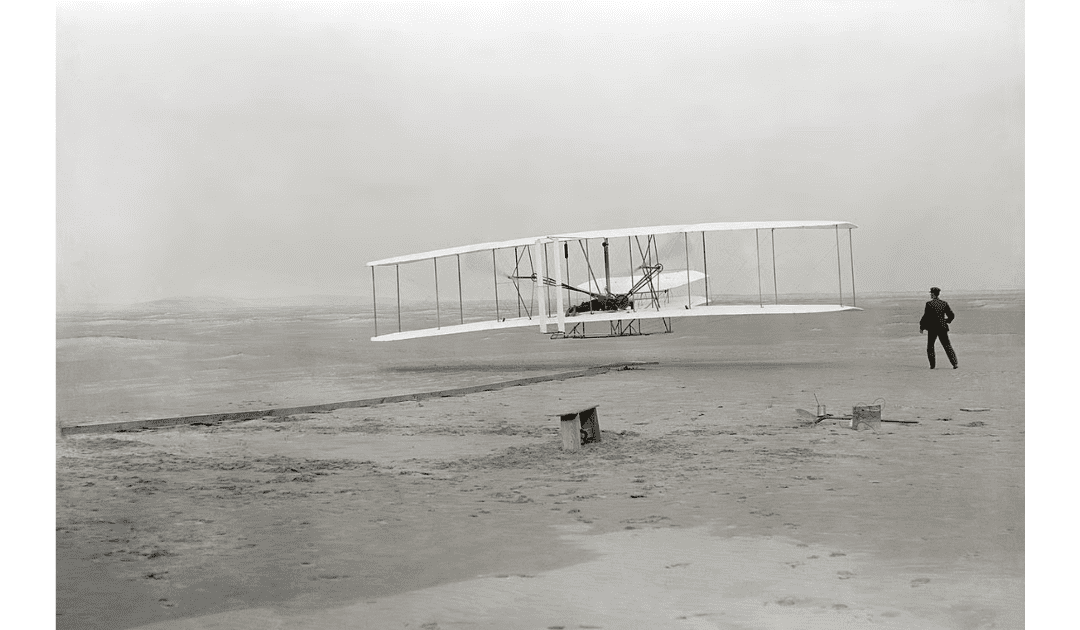I ran a series of posts about my flying training recently. On 17th December 1903 the first sustained powered flight was made by Orville Wright at Kitty Hawk North Carolina. It lasted twelve seconds, achieved a speed of almost seven miles per hour, and an altitude of 120 feet. The secret of Wilbur and Orville Wright’s success was the three axis control system they devised to control the airplane. The same principles are used by fixed wing aircraft today.
The Smithsonian’s National Air and Space Museum has in its collection the Wright Flyer, the aircraft that made that first flight. It also has the 1909 Wright Military Flyer. The U.S. Army were the Wright brothers’ first customer for their flying machine. Is there something in human nature which having devised something magical like a flying machine immediately turns to the thought, how can we use this to kill people more effectively?
The garden of my college, St. Edmund Hall, Oxford, contains the grave of the first English aeronaut, James Sadler. His first flight in a hot-air balloon was in 1784, two years after the first flight by the Montgolfier brothers. So it took 121 years to get from the first hot-air balloon flight to the first powered fixed wing flight, then sixty-six years later men were walking on the moon. Of course space flight would not have developed so rapidly without Wernher Von Braun, who developed the V2 missile for Hitler and the Saturn rockets for NASA.
On a more positive note about flying, the photographs of Earth taken from space make it clear to us how small and unique our home planet is, and how we really must start looking after it better. The first solo is obviously a significant moment in anyone’s flying experience, but not my most significant. Why not? I proposed to Claire in a hot-air balloon.

